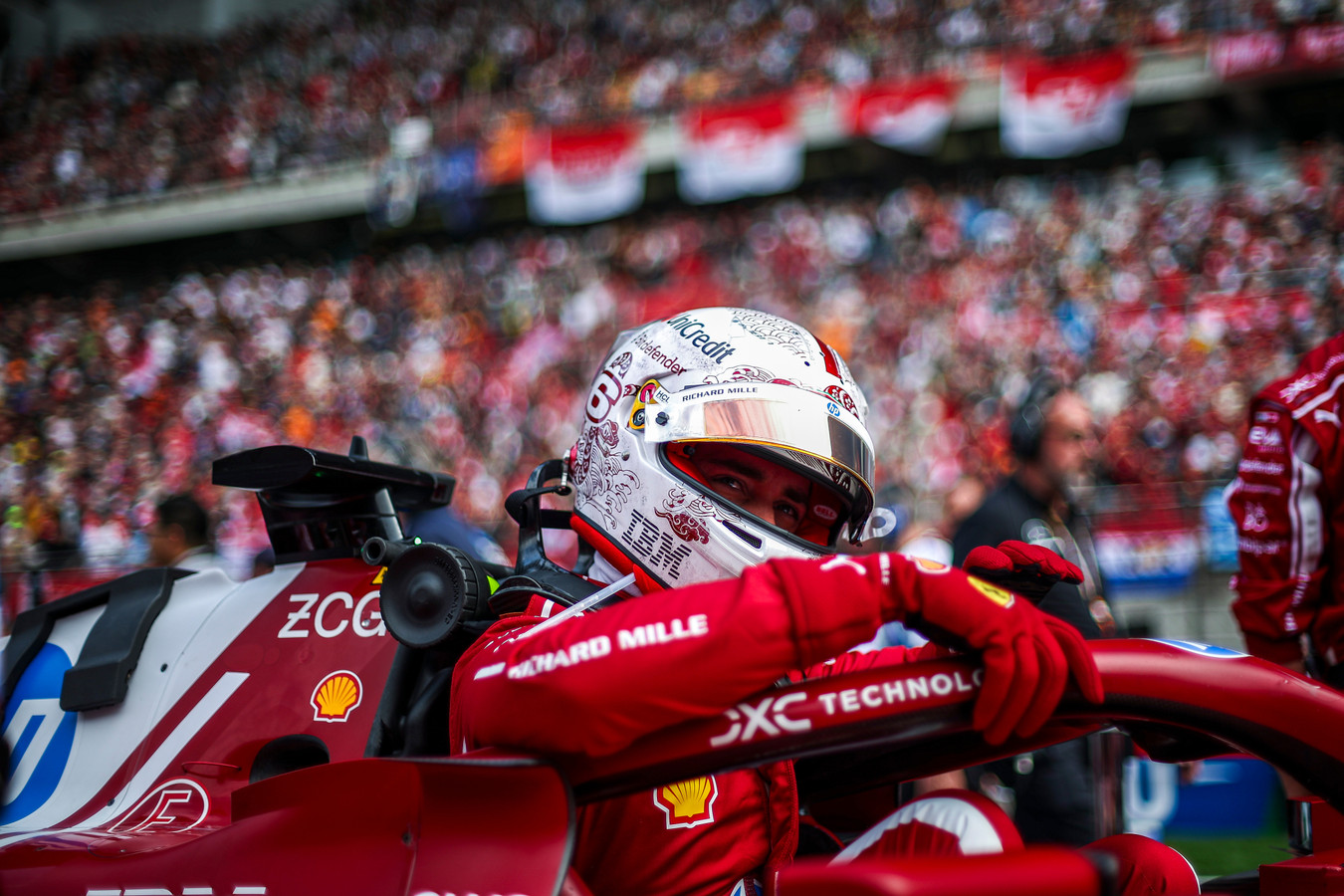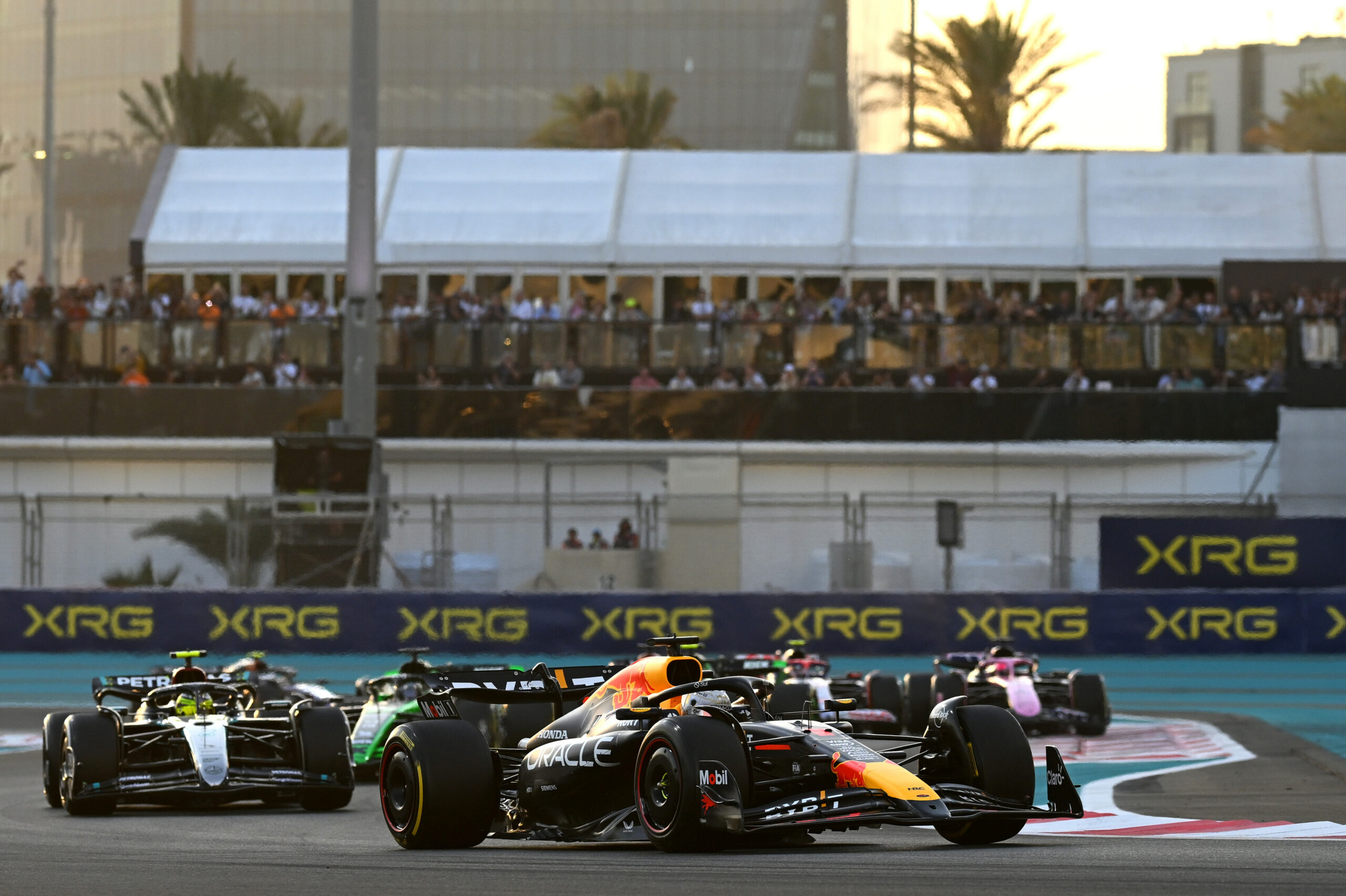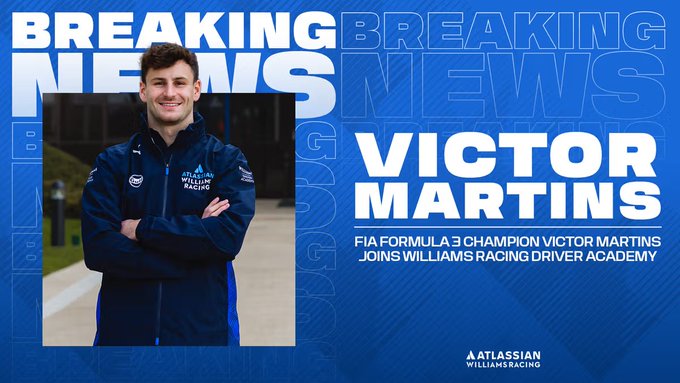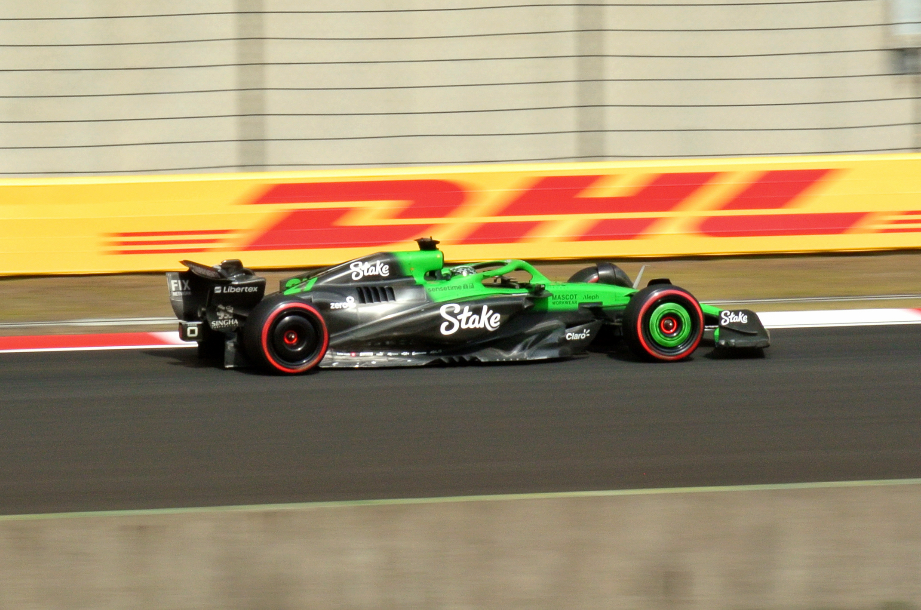
Photo Credit: Scuderia Ferrari
During an interview with Motorsport Network, Ferrari’s technical director, Enrico Cardile, spoke about the development of the SF-23, its growth and what he learned from the mistakes made. Errors that will not be repeated on the 2024 car. It will be different than the previous model.
The 2023 F1 season ended a few weeks ago and, with the engines off, we can say how difficult and complex Ferrari’s year proved to be. In fact, after the rosy winter expectations, the Scuderia struggled to extract the potential of the SF-23 which, despite being the evolution of the F1-75, always proved to be uncompetitive.
It was a car that had been limited in its development (as happened in 2022) both by the effects of the TD039 and by a ceilinged car concept no longer capable of providing convincing margins of growth. Reasons why the 2024 package will be different, in terms of concept, compared to the current one.
This was stated during a recent interview with Motorsport.com, by Scuderia’s technical director, Enrico Cardile. The former head of performance development explained the ideas with which the SF-23 was born and the subsequent limitations discovered that hampered the progress they hoped to make. For 2024, a clear change in philosophy is required.
“The 2022 car was developed following a concept linked to a goal. The SF-23 was developed in continuity with the 2022 car, with the aim of improving some limitations of the previous car, because the car on the track respected the results seen in the simulations.
“The problem is that already during the tests we realised that the direction we had taken was not the best performing. At that point, we had to review our objectives on the aerodynamic development front and work to try to fill the gaps. […], then we found ourselves faced with limitations related to the chassis.
“With the 2024 car, we will turn the page, the project is different, we have understood that to achieve the objectives we have set ourselves we need a different car.”
A development process aided, also for the future, by the improvement of the tools necessary to understand the car which occurred thanks to some tests carried out at the Dutch GP.
“In Spain we came across unexpected behavior of the car in terms of aerodynamics. Subsequently, the problem reappeared in Hungary. In the meantime, we had developed some hypotheses about what was happening.
“We decided to experiment in Zandvoort, and what we got was a better understanding of the behavior of the car. So we perfected our tools to refine our understanding of the car and from that moment on we were able to anticipate any problems without being caught by surprise again. The real advantage will be transferred to next year’s car.”
Limits deriving from the chassis designed in Maranello which in 2024 will be redesigned. In 2023, due to the budget cap, it was impossible to change.
“The limitations were linked to the chassis, the difference between our car and the Red Bull style ones is in the radiator vents. We used this area to modify the air pressure parameters. On the other hand, digging into the area under the radiator vents can bring a better air flow towards the rear, with benefits in terms of load on the rear axle.
“We decided to place the lateral anti-intrusion cone at the highest height allowed, in order to have a design that would allow us to find greater performance. But the moment you decide that to hit a different objective you need different shapes, the position of the lower anti-intrusion cone, have become limits.”
The development of the 2024 car, as admitted by the technician from Arezzo, in addition to the chassis will also concern the floor, perhaps taking inspiration from (but not copying) Red Bull’s solutions.
“Analyzing other teams’ solutions is part of the job. It was certainly interesting to see the Red Bull floor, because you ask yourself questions and understand where the differences are. It’s not enough to look at a photo, you have to look at it with the right glasses, and have a direction in terms of development. You can’t make a perfect copy, it’s never worked.”
There will be solutions on the 2024 that will have to resolve the excessive sensitivity (and load loss) of the SF-23 in crosswind conditions.
“It depends on the aerodynamic map. Inherently, every Formula 1 car loses load when a yaw angle is applied to the car. The problem is understanding how much load is lost. In the right conditions we have good performances.
“However, when wind is added to a certain yaw angle, the driver loses confidence because he doesn’t know when there will be a gust of wind, the direction in which it is blowing and how this will influence the behavior of the car.”
According to Cardile, the problem of porpoising will have to be eliminated. On the SF-23, it gradually disappeared as the races have gone by.
“We immediately saw an improvement compared to 2022, but we still started the season with a bit of propoising. Then with the developments, I would say we got rid of it almost completely.”
In 2024, the team wants to make sure the car gives their drivers confidence, but Cardile states it has nothing to do with driving style.
“We take into consideration the trust that those who are driving must have. But it’s not a question of driving style, because the driver adapts to the conditions or characteristics of the track.
“After the experience with this year’s car, we know what helps to make the driver more confident while driving, then there are always those who are more focused on stability as well as other drivers who are less sensitive, but we are not talking about huge differences.”
It’s a car that will be created by working with cutting-edge simulation tools and with excellent correlation with the track.
“In general, we are happy with the level we have reached recently on our tools, so I mean CFD, simulator and wind tunnel. If we ask the right questions the tools give us the right answer. We have seen that for us the correlation is very good.
“The way we prepare for the event, the fact of arriving ready for the weekend with the car already close to its ideal window, is undoubtedly a positive point. The correlation is good, we are satisfied with the tools we use, in general I think it is one of our strong points.”





